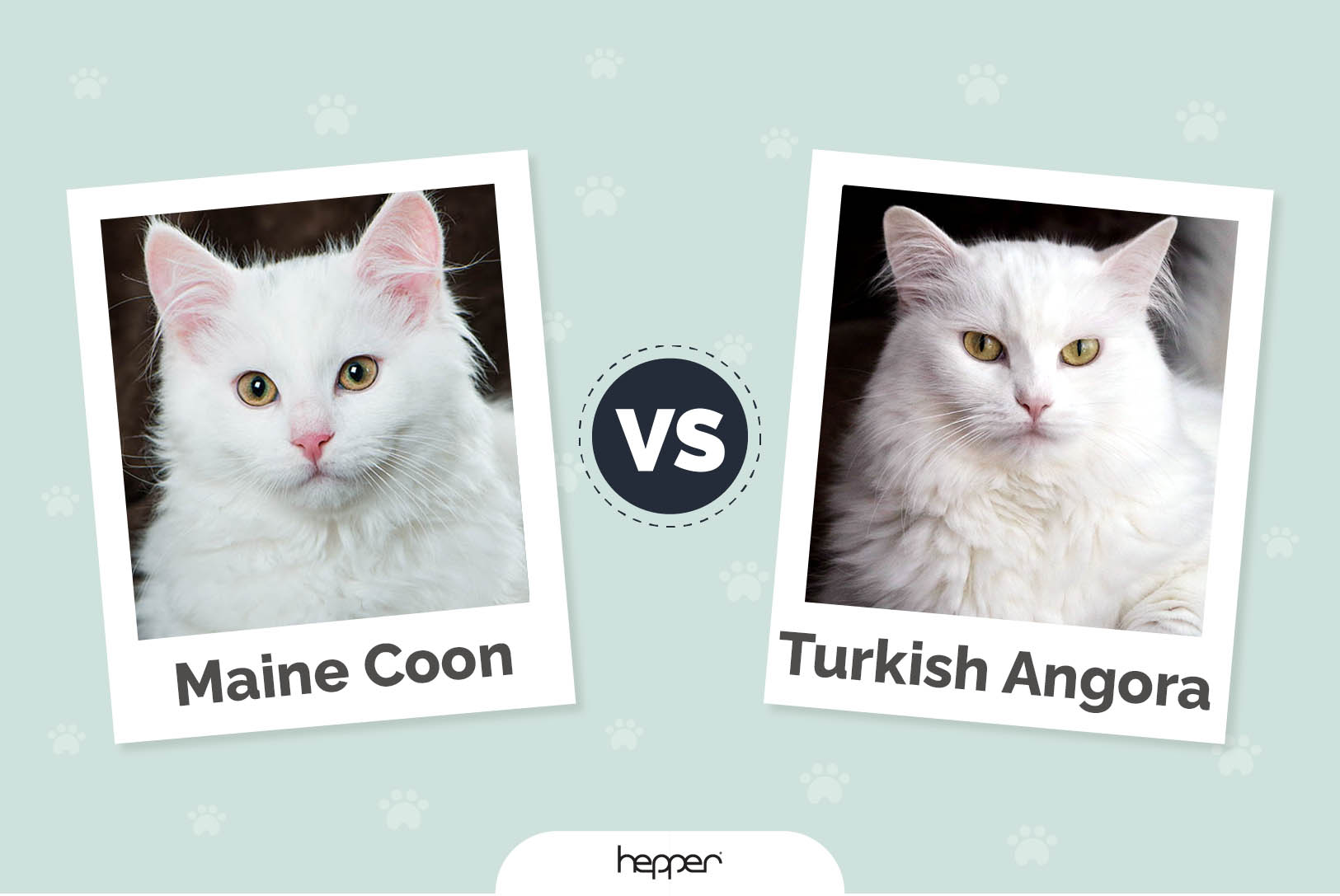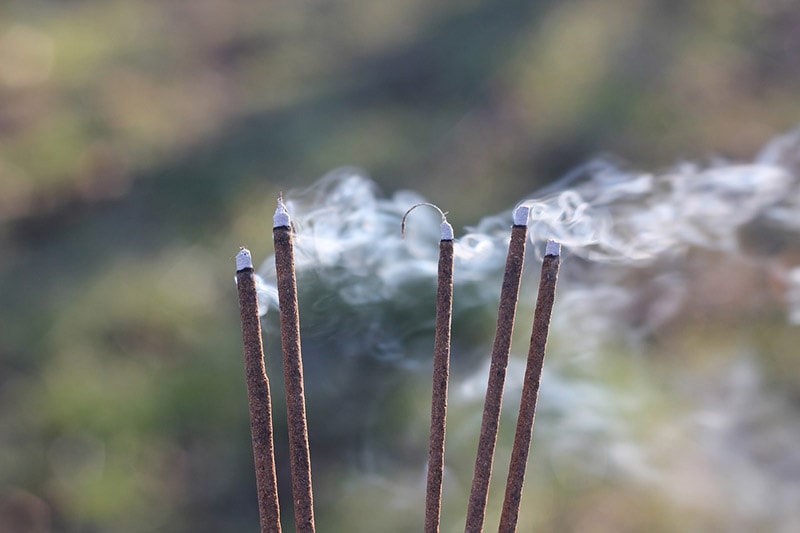What Is Feline Idiopathic Cystitis in Cats? Important Answer!
Updated on
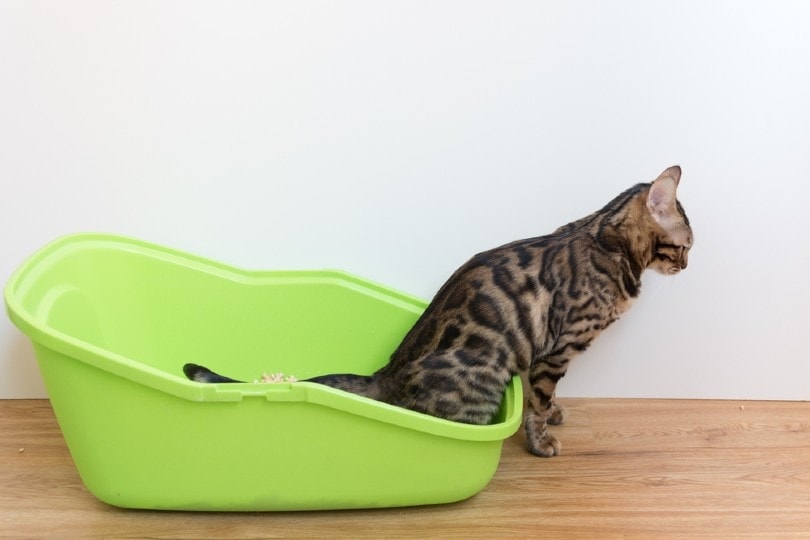
Cat owners often cite non-diagnostic symptoms that frustrate them and veterinarians. The most common ones include GI distress and vomiting1. They rarely point to one condition responsible for the animal’s discomfort. Among the frequently seen identifiable disorders are feline lower urinary tract diseases (FLUTD). However, is this a true statement?
That’s where feline idiopathic cystitis (or urinary bladder inflammation) comes into play. It’s equally as vexing and, therefore, worthy of further discussion to help pet owners understand what they’re up against with this diagnosis.
Defining Cystitis
It’s essential to understand that veterinary medicine often uses terms for describing similar conditions. Human medicine does it, too. For example, we use the term “cancer,” which is actually a group of diseases with this umbrella term. The same applies when talking about FLUTD.
Urinary stones or uroliths are a frequent cause, stemming from a build-up of mineral compounds containing calcium or magnesium. Cystitis is another generic term for urinary bladder inflammation. Unsurprisingly, several things may cause it.
FLUTD of any kind usually starts with some sort of inflammation, which is an immune system response to a pathogen or disease-causing microbe or injury. It’s the body’s way of protecting itself from some kind of threat.
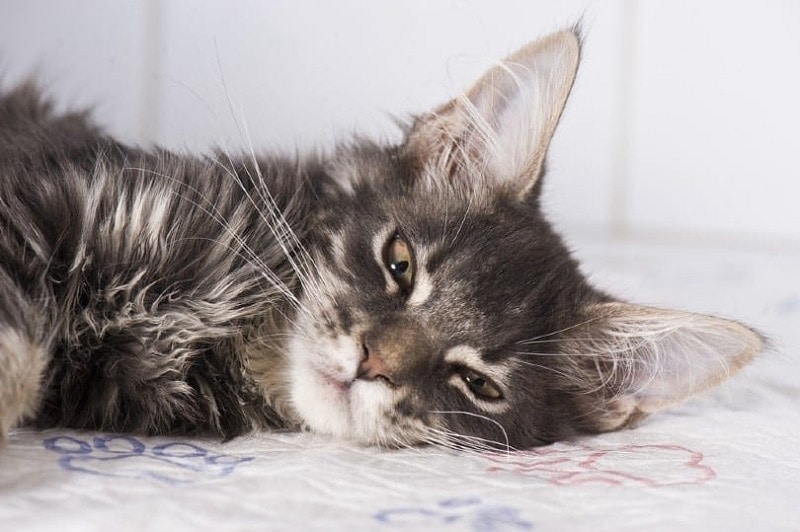
What Is Idiopathic Cystitis?
When talking about idiopathic cystitis, it is a diagnosis of exclusion meaning that your cat may be diagnosed with idiopathic cystitis once your vet has ruled out all other common or known causes of the lower urinary clinical signs that your cat is showing.
Signs of Feline Idiopathic Cystitis
Diagnosing a case of feline idiopathic cystitis begins with collecting information about what’s occurring with your cat.
- Inappropriate urination
- Distress and pain while trying to urinate
- Straining to urinate
- Little production when urinating
- Lethargy
- Loss of appetite
- Excessive grooming in the genital area
You’ll likely also notice some unusual behavior, which is typical of a sick cat. They may seem aloof and are not interacting with you or other family members. They may have different activity patterns than normal. You may also find that your kitty hides more, which is a classic sign that something is wrong.
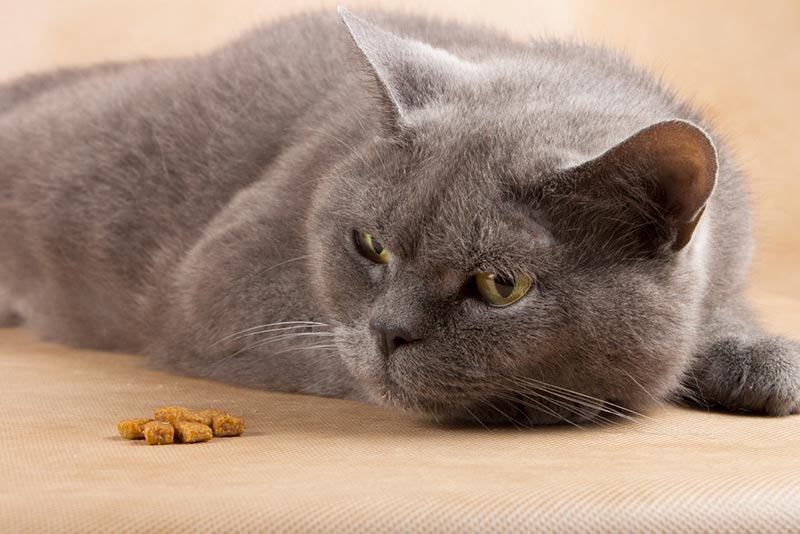
Diagnosis and Treatment of Feline Idiopathic Cystitis
Your vet will likely run the usual battery of tests to isolate what’s going on with your cat. This will include a urinalysis, urine culture, imaging (such as radiographs and/or ultrasound), and bloodwork. They will also gather information about the cat’s history from you. If the diagnostics don’t point toward an apparent cause, your veterinarian may attribute the symptoms to feline idiopathic cystitis, of which stress is often the underlying cause.
Treatment and Prevention
Treating FIC can be tricky, but the most effective approach is to address any stressors that triggered these signs in the first place. Improving the cat’s environment as well as prescribing anxiety-relieving medication are two possible solutions. Vets will likely send you home with a list of ways to eliminate stress around the home.
- Keeping all water dishes clean and full of fresh water
- Keeping a consistent schedule
- Cleaning the litter box daily
- Deterring foreign cats from your property
- Offering more scratching posts, toys, and cat condos
- Reduce competition between cats in the home
- Make sure any changes to the home happen very slowly
Closing Thoughts
Finally, just providing a stable environment can do wonders for your cat. Your pet is in touch, with its wild side where unexpected changes mean threats and the resulting stress. Minimizing upsets in your home can make your kitty feel more secure, which can reduce its risk of feline idiopathic cystitis. It can also have far-reaching health benefits to increase their lifespan and quality of life.
Featured Image Credit: Dina da, Shutterstock




